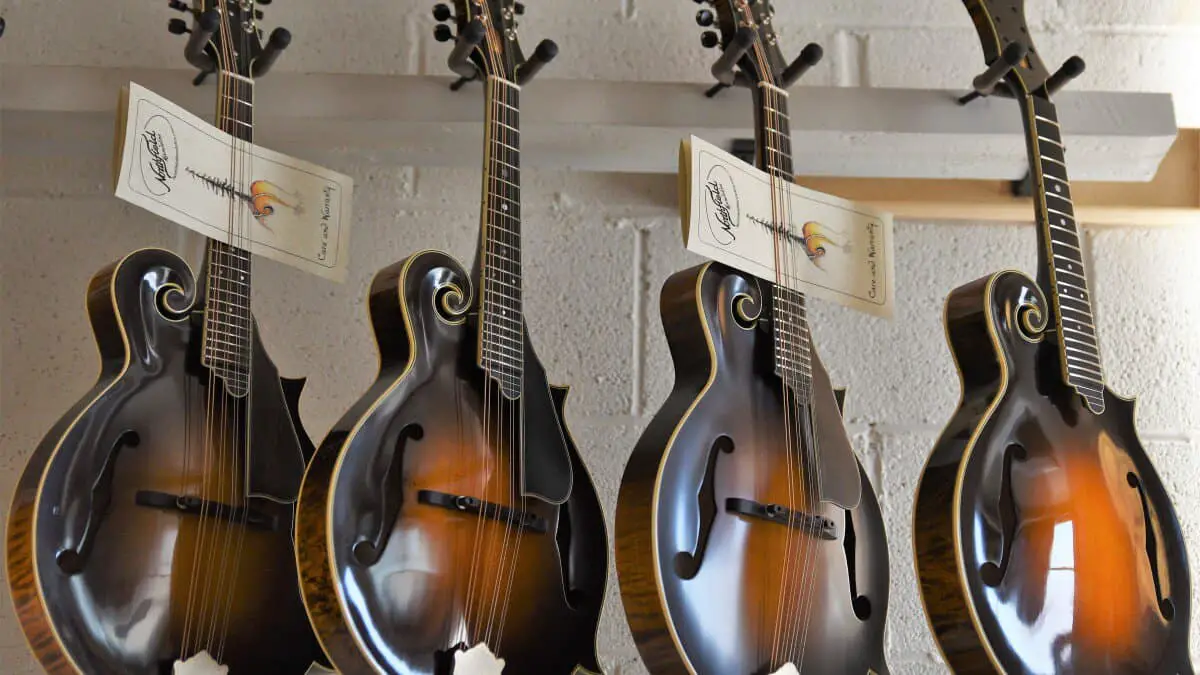Welcome to our comprehensive guide on how to tune a mandolin! Whether you’re a beginner or an experienced player, tuning your mandolin is a fundamental skill that will ensure your instrument sounds its best. In this article, we’ll walk you through the process step-by-step, providing you with all the knowledge you need to get your mandolin in tune and keep it that way.
Understanding Mandolin Tuning
The mandolin is typically tuned in fifths, which means that the notes are separated by intervals of four frets. The most common tuning for a mandolin is GDAE, with the G string being the lowest and the E string being the highest. This tuning is similar to the violin, and it allows for a rich, resonant sound when playing chords and melodies.
Gathering Your Tools
To tune your mandolin, you’ll need a few tools. A chromatic tuner is essential, as it will help you accurately identify the pitch of each string. You can find a variety of tuners online or at your local music store, ranging from clip-on tuners to smartphone apps.
Additionally, you may want to have a set of mandolin strings on hand, as strings can wear out or break over time. Having a spare set can help you quickly replace a string if needed.
Preparing Your Mandolin
Before you begin tuning, make sure your mandolin is in good playing condition. Check the strings for any signs of wear or damage, and replace them if necessary. Additionally, make sure the bridge is properly positioned and secure.
Starting with the G String
Begin by tuning the G string. Place your chromatic tuner on a flat surface or clip it to the headstock of your mandolin. Pluck the G string and observe the tuner’s display. Adjust the tuning peg until the tuner indicates that the string is in tune.
Moving to the D String
Next, move on to the D string. The D string is tuned to a perfect fifth above the G string, so you’ll want to adjust the tuning peg until the tuner indicates that the string is in tune with the G string.
Continuing with the A String
The A string is tuned to a perfect fifth above the D string. Adjust the tuning peg until the tuner indicates that the string is in tune with the D string.
Finishing with the E String
Finally, tune the E string. The E string is tuned to a perfect fifth above the A string. Adjust the tuning peg until the tuner indicates that the string is in tune with the A string.
Checking Your Work
Once you’ve tuned all four strings, double-check your work by playing a few chords or scales. If any of the notes sound off, go back and adjust the tuning pegs as needed.
Maintaining Your Tuning
To keep your mandolin in tune, make sure to tighten the strings gently when tuning. Over-tightening can cause the strings to break or the bridge to shift.
It’s also a good idea to check your tuning regularly, especially before playing in front of an audience or recording. Over time, strings can stretch and go out of tune, so frequent check-ins can help ensure your mandolin always sounds its best.
Looking to learn more about string instruments? Check out our articles on how to string a mandolin, how to tune a banjo, how to hold a mandolin, how to string a banjo, and how to tune a tenor banjo for expert tips and techniques!
Conclusion
Tuning your mandolin may seem like a daunting task, but with a little practice and the right tools, you can master the skill in no time. By following the steps outlined in this article, you’ll be able to get your mandolin in tune and keep it that way, ensuring that your instrument always sounds its best. Happy playing!



